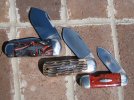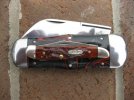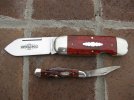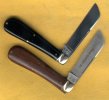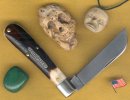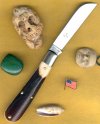Âchillepattada
Gold Member
- Joined
- May 17, 2012
- Messages
- 2,603
Hello ,
I'm almost sure that this topic has already been treated but I can't find it
I'm looking for the history and function of this exceptional knife ( which I would love to see again in production )
)
Thanks .
Â
I'm almost sure that this topic has already been treated but I can't find it
I'm looking for the history and function of this exceptional knife ( which I would love to see again in production
Thanks .
Â

